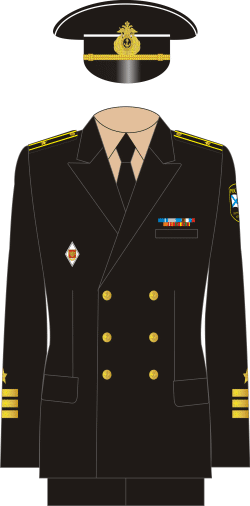Armed Forces of the Canadian Empire
Size of the Armed Forces:
Four Million men (overall)
The Canadian ArmyArmy Badge
Equipment:
Beretta Px4 pistol
SG 550 assault rifle
M240G machine gun
Panzerfaust 3
Boxer (APC)
SK-105 Ocelot (light tank)
Leopard I (medium tank)
Leopard II (main battle tank)
Tiger I (heavy tank)
Marder 1 (Infantry support vehicle)
Jaguar 2 (tank destroyer)
M107 (self-Propelled gun)
M110 (self-propelled howitzer)
PzH 2000 (self-propelled howitzer)
M109 (self-propelled howitzer)
M101 towed howitzer
Gepard (self-propelled anti-air weapon)
BM-30 (rocket artillery)
Mi-24 Hind (heavy attack helicopter)
Mi-28 Havoc (attack helicopter)
NHI NH90 (transport helicopter)
Ranks of the Canadian Army:http://www.uniforminsignia.net/index.php?p=show&id=51&sid=2136Formations of the Canadian Army:Rifle Divisions-1st Rifle Division
2nd Rifle Division
3rd Rifle Division
4th Rifle Division
5th Rifle Division
6th Rifle Division
7th Rifle Division
8th Mountain Rifle Division
9th Mountain Rifle Division
10th Mountain Rifle Division
11th Motor Rifle Division
12th Motor Rifle Division
13th Guards Motor Rifle Division
14th Guards Motor Rifle Division
15th Guards Motor Rifle Division
16th Rifle Division
17th Rifle Division
18th Rifle Division
19th Rifle Division
20th Mountain Rifle Division
21st Rifle Division
22nd Rifle Division
23rd Rifle Division
24th Rifle Division
25th Rifle Division
26th Motor Rifle Division
27th Motor Rifle Division
28th Motor Rifle Division
29th Motor Rifle Division
30th Motor Rifle Division
31st Motor Rifle Division
32nd Mountain Rifle Division
33rd Mountain Rifle Division
33rd Guards Mountain Rifle Division
34th Mountain Rifle Division
34th Guards Mountain Division
Airborne Divisions-1st Airborne Division
1st Guards Airborne Division
2nd Airborne Division
2nd Guards Airborne Division
3rd Airborne Division
4th Airborne Division
5th Airborne Division
5th Guards Airborne Division
6th Airborne Division
7th Airborne Division
Tank Divisions-1st Tank Division
2nd Tank Division
3rd Tank Division
4th Tank Division
5th Tank Division
6th Tank Division
7th Tank Division
8th Tank Division
9th Tank Division
10th Tank Division
11th Guards Tank Division
12th Guards Tank Division
13th Guards Tank Division
14th Guards Tank Division
15th Guards Tank Division
16th Guards Tank Division
17th Guards Tank Division
18th Tank Division
Artillery Divisions-1st Breakthrough Artillery Division
2nd Breakthrough Artillery Division
3rd Breakthrough Artillery Division
3rd Guard Breakthrough Artillery Division
4th Breakthrough Artillery Division
4th Guard Breakthrough Artillery Division
5th Breakthrough Artillery Division
5th Guard Breakthrough Artillery Division
6th Gun Artillery Division
7th Gun Artillery Division
8th Gun Artillery Division
9th Gun Artillery Division
10th Gun Artillery Division
10th Guards Gun Artillery Division
11th Gun Artillery Division
12th Breakthrough Artillery Division
12th Guards Breakthrough Artillery Division
13th Breakthrough Artillery Division
14th Breakthrough Artillery Division
Mortar Divisions (Rocket Launchers)-1st Mortar Division
1st Guard Mortar Division
2nd Mortar Division
3rd Mortar Division
4th Mortar Division
4th Guard Mortar Division
5th Mortar Division
5th Guard Mortar Division
6th Mortar Division
7th Mortar Division
7th Guard Mortar Division
Antiaircraft Divisions-1st AA Division
1st Guards AA Division
2nd AA Division
2nd Guards AA Division
3rd AA Division
3rd Guards AA Division
4th AA Division
4th Guards AA Division
5th AA Division
5th Guards AA Division
6th AA Division
6th Guards AA Division
7th AA Division
8th AA Division
9th AA Division
10th AA Division
11th AA Division
12th AA Division
13th AA Division
Imperial Kommando Force (IKF)- 50,0001st Special Operations Brigade
2nd Special Operations Brigade
3rd Parakommando Brigade
4th Guards Special Operations Brigade
5th Guards Parakommando Brigade
6th Mountain Special Operations Brigade
7th Guards Special Operations Brigade
8th Parakommando Brigade
9th Special Operations Brigade
10th Guards Parakommando Brigade
The Canadian Air ForceAir Force Roundel
Equipment:
Avro 262 Arrow II(main attack fighter)
CF-35 Lightening II (attack fighter)
B-52 Stratofortress (bomber)
B-1 (tactical bomber)
Spectre Gunship (main defense aircraft)
Hercules (transport)
Ranks of the Canadian Air Force:http://www.uniforminsignia.net/index.php?p=show&id=51&sid=2158Formations of the Canadian Air Force:1st Air Army
2nd Air Army
3rd Air Army
4th Air Army
5th Air Army
6th Air Army
8th Air Army
10th Air Army
11th Air Army
12th Air Army
15th Air Army
16th Air Army
17th Air Army
19th Air Army
23rd Air Army
24th Air Army
25th Air Army
30th Air Army
37th Air Army
46th Air Army
The Canadian NavyNaval Jack Equipment
EquipmentArtorion-class supercarrier (4)
Vikrant-class aircraft carrier (6)
Ontario-class missile cruiser (6)
Toronto-class battlecruiser (9)
Great Lake-class battleship (small battlecruiser) (6)
Halifax-class frigate (24)
Brandenburg-class frigate (22)
Iroquois-class destroyer (30)
Province-class cruiser (10)
Zumwalt-class destroyer (10)
Coast Guard cutters (coastal-defense ships) (15)
Foudre class landing platform dock (20)
The Canadian Subcorps*flagship- HIMS
Xavier RommelTrafalgar-class submarine (ballistic missile submarine) (9)
Vanguard-class submarine (ballistic missile submarine) (10)
Oberon-class submarines (diesel-electric hunter-killer) (14)
Swiftsure-class submarines (nuclear powered hunter-killer) (12)
Borei-class submarine (ballistic missile submarine) (10)
Rommel-class submarine (aircraft carrier submarine) (1)
Ranks of the Canadian Navyhttp://www.uniforminsignia.net/index.php?p=show&id=51&sid=2137Formations of the Canadian Navy- Coastal Defense Fleet *flagship: Coast Guard cutter
Southern Lights Great Lake Defense Fleet *flagship: Great Lake-class battleship
Laura Secord Western Fleet *flagship: Artorion-class supercarrier
George the Great Grand Fleet *flagship: Artorion-class supercarrier
Empress Selene High Seas Fleet *flagship: Ontario-class heavy missile cruiser
Inglish Columbia Quebecois Battle Fleet *flagship*: Artorion-class supercarrier
Princess Jordan Eastian Squadron *flagship*: Ontario-class heavy missile cruiser
AlaskaUniforms of the Canadian Empire
1. Army Senior Officers Everyday Uniform
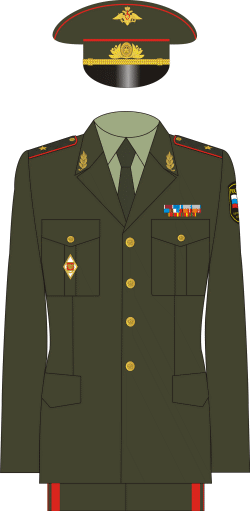
2. Army Junior Officers Everyday Uniform
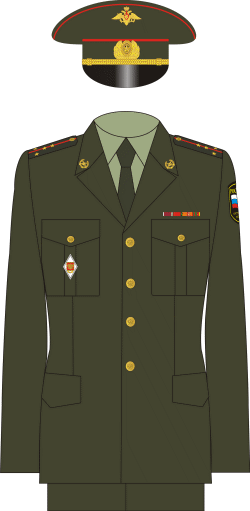
3. Air Force Senior Officers Everyday Uniform
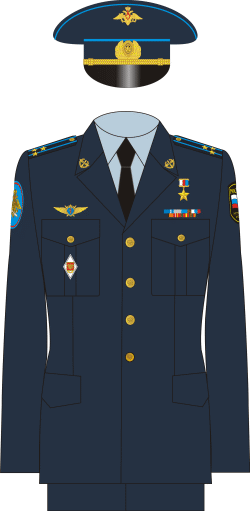
4. Air Force Junior Officers Uniform
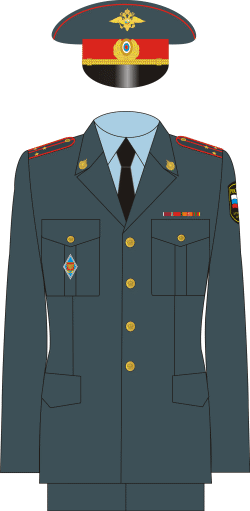
5. Navy Senior Officers Uniform
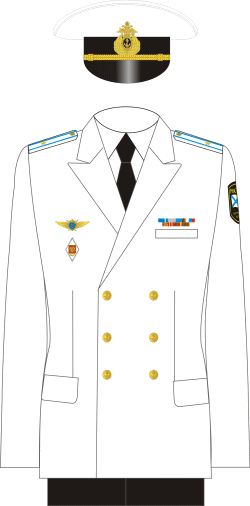
6. Navy Junior Officers Uniform
